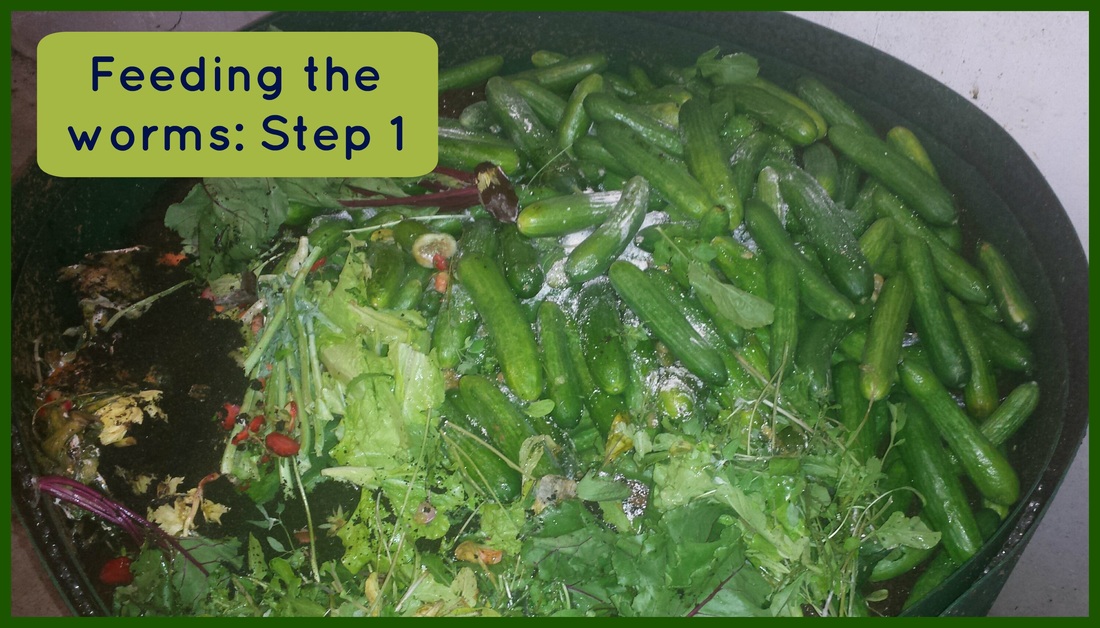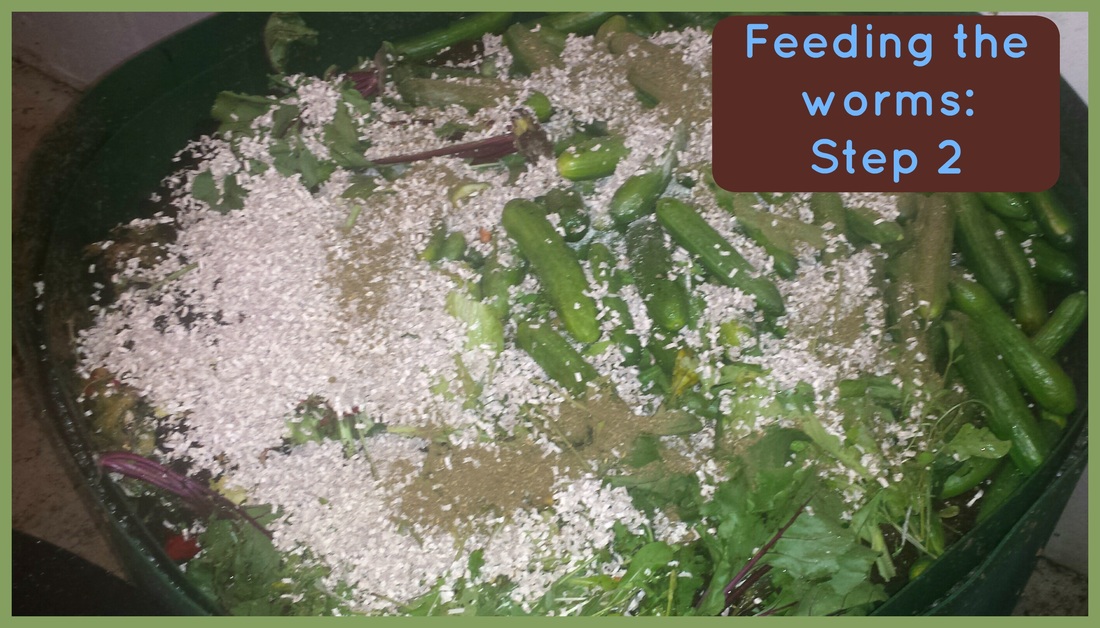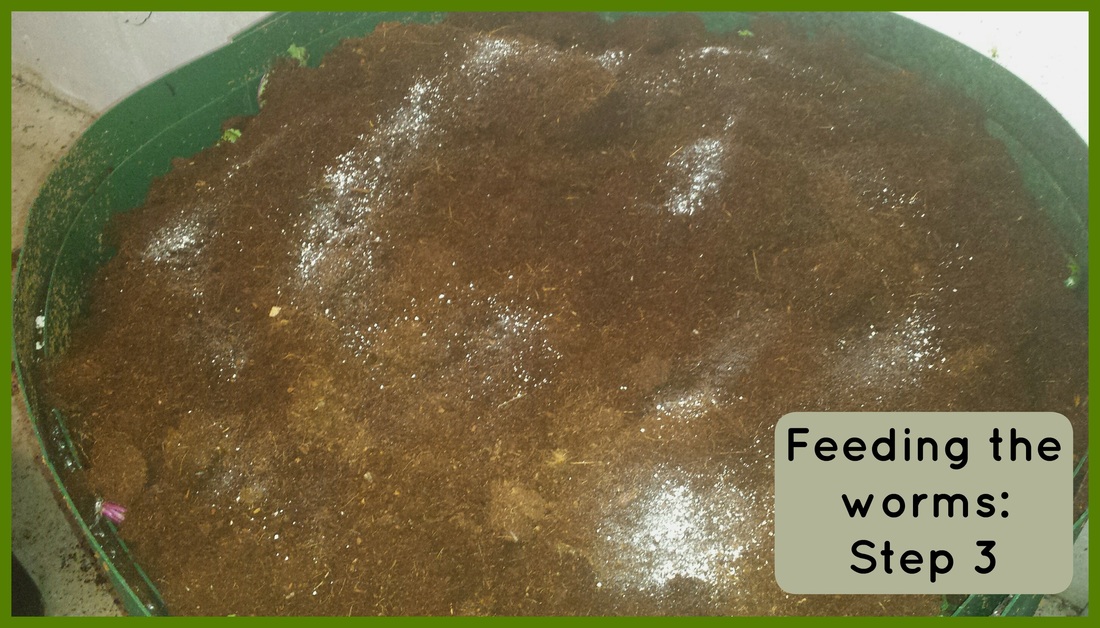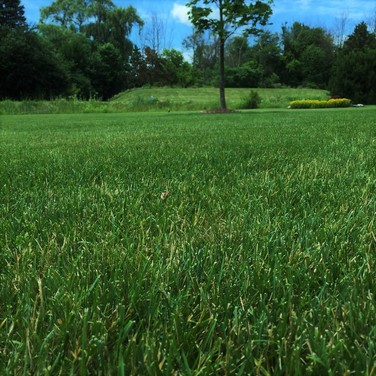 A couple weeks ago, I taught a class at Meijer Gardens in Grand Rapids on eco-friendly lawns. I have to say, preparing to teach a class on your life’s work really helps you organize your thoughts and mission. I came out of this experience with a clearer understanding of, not just how I approach organic lawn care, but why I do it the way I do. I’ve always thought of myself as a “lawn guy.” I’m certified in lawn care management through the University of Georgia, I’ve joined the National Association of Landcare Professionals (NALP), and I help people get their turf strong and healthy. That would fit most people’s definitions of “lawn guy.” But after doing this class at Meijer Gardens, I realized I’m not so much a “lawn guy” as I am a “soil guy.” But the two aren’t mutually exclusive. If you’re a lawn guy without also being a soil guy, you’re potentially doing long-term damage to the turf (not to mention the planet). If a lawn guy is simply interested in getting your lawn green and weed-free in a matter of days, with no concern for the health and fertility of the soil below, your lawn’s going to suffer. Applying synthetic chemical fertilizers and herbicides kill the soil, plain and simple. But as a lawn guy, who’s also primarily a soil guy, I’m more interested in creating healthy soil—full of microbes, worms, beetles, organic material, nutrients that don’t leach away—than I am in making your lawn instantly green and weed-free. Healthy soil will give you healthy turf. Dead soil will give you, well, dead turf. Now don’t get me wrong, I’m still interested in giving people a lawn that’s green and relatively “weed free,” but there’s no magic instantaneous potion that can do that while NOT killing the soil, and don’t let anyone tell you otherwise. And that’s why I am so passionate about feeding the soil, rather than the grass. That’s how nature’s been doing it for millennia. Soil damaged by synthetic chemicals will ultimately give you weak turf and “dead zones” where weeds pop up and grass just doesn’t grow… and then the chemical lawn guys will tell you how much you need them to get your lawn looking good again. And it’s true, in a twisted way—through chemicals, they’ve created a lawn that is wholly dependent upon more environmentally-damaging chemicals for its survival. But what your lawn really needs is healthy soil. Healthy soil will give you healthier, stronger turf. Healthier, stronger turf will push out those pesky plants we know as weeds. And that’s why my focus is to give our customers healthy soil—by feeding your soil with microbes, compost, natural fertilizers like alfalfa and kelp. So when I work on a lawn, I’m doing it as a “soil guy” first and foremost. And when you take care of the soil, your lawn is actually sustainable and healthy, not dependent and weak. If you'd like to have Good Sweet Earth give you a healthier lawn by improving your soil, get in touch with me at [email protected] or call us at 616-594-0693.
0 Comments
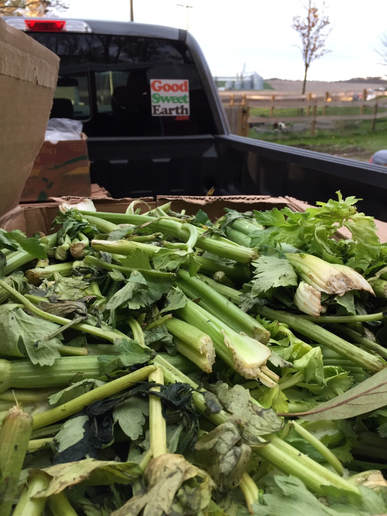 Caring for 160,000 composting worms is a year-round job and requires more time than one might think. In ideal conditions, our worms are eating 80 pounds of produce and bedding per DAY. Ballpark figure: That’s about a ton of food per month! And to keep the worms eating at a healthy rate, we need to keep the temperature moderate, the pH relatively neutral and the moisture balanced. So what are our guys eating to stay healthy, and produce healthy Worm Compost? For starters, locally-sourced rotten produce. Why rotten? That’s the way worms like it. When they eat, they don’t draw nutrients from the produce, but rather from the mold and microbes rotting the produce. Their bodies take what they need from the molds and fungi, and excrete their castings with many of the nutrients still intact from the fruits and veggies they just digested. That’s what makes vermicompost so much better than traditional “hot” compost: It actually contains nutrients and minerals that your plants need. While we’ve always used rotting produce for our worms (as opposed to animal manure or landscape waste), this past year we became much more selective about what we fed our worms. In the past, we would utilize any rotting fruit or vegetable as worm food; now we only feed them produce that is 100% seed-free. This means you won’t find a rogue seed or sprout in the finished Worm Compost. No more tomatoes, melons, cucumbers, strawberries, pumpkins, peppers or apples, which means we’ve doubled up on things like lettuce, spinach, celery, potatoes, mushrooms, kale, carrots, cabbage, yams, broccoli, cauliflower and radishes. We also source coffee grounds from local coffee shops (100 pounds or so per month), coco coir, clean newsprint, and crushed egg shells. All-in-all, these worms are chowing down 365 days a year to produce our Living Worm Compost. Keeping things a comfortable temperature for the worms is vital—in both summer and winter. Worms like temperatures around the same level you and I might. If you’re cold, so are the worms; if you’re hot, so are the worms. That means in the summer, we keep fans blowing across the bins to cool things down. But in the winter we have to set up heating systems to keep the worms happy and hungry (and mating). We’ve also vermin-proofed our workshop (chicken wire, traps, barn cat), as winter is the time of year when these worm bins becomes prime real estate for mice—warm environment with an all-you-can-eat buffet being restocked on a regular basis. Like any other farmer, we need to make sure our livestock are safe, healthy and fed, and that means constant year-round attention. When the thermometer drops, that means more work for us to keep them happy, but it also means that the colder it gets, the more we’re “thinking spring.” 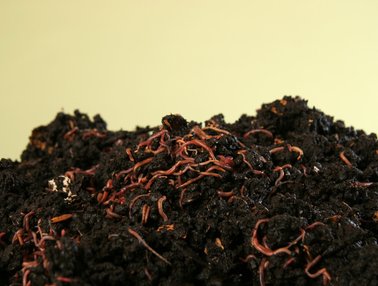 Vermicompost with red wiggler worms Vermicompost with red wiggler worms Vermicompost-- or compost made by worms-- is not only a great alternative to chemical fertilizers, it's also a better alternative to traditional compost. We've been using it in our yard and garden, and selling it to our customers, for years with amazing results. But what are the actual benefits of vermicompost-- what's the science behind it? We've laid it out for you below: What is vermicompost? Vermicompost-- or worm compost or worm casting or worm poop-- is what you get after worms consume organic matter and excrete it. As food passes through their digestive tract, worms secrete chemicals that break down organic matter into sustainable nutrition. These chemicals, excreted with their castings, comprise vermicompost, which improves soil texture, structure and aeration. From the Latin “vermi,” which means worm, vermicompost offers nutrients that are immediately available to plants. It can be applied as mulch, incorporated as a component in potting mixes or brewed in water as a compost tea liquid fertilizer. Soil enrichment. University studies have shown vermicompost to actually add nutrients to the soil, which are immediately available for plants. This makes it superior to traditional "hot" composted material, and it makes it a nice organic alternative to chemical fertilizers. Purdue University reports that earthworms leave soil 5 to 11 percent richer in the essential plant nutrients of nitrogen, phosphorus and potassium than when they first ingest it. As an organic fertilizer, vermicompost is a substitute for synthetic fertilizer in soil-enriched vegetable transplant potting mixes. As a soil conditioner, vermicompost is superior to traditional compost for its ability to improve soil structure and increase its water-holding capacity, according to the University of California’s Project Compost. It increases crop yields and plant growth. Gardeners and organic farmers like using non-synthetic amendments and fertilizers for the benefits it provides to the environment. But when these fertilizers also produce faster plant growth and higher crop yields, it’s an added bonus, says Clive Edwards of the Ohio State University Extension. Edwards’ collaborative field crop experiments on tomatoes, peppers and strawberries showed that plants fertilized with organic vermicompost significantly outperformed the same crops fertilized with inorganic, synthetic chemicals. Edwards’ research revealed vermicompost tea fertilizer yielded dramatic plant growth rates and crop yields of up to 50 percent. (Source: SFGate Home Guides) Read more about the benefits of vermicompost here. If you'd like to try vermicompost for yourself and see the amazing results in your yard and garden, check out the Good Sweet Earth product page. 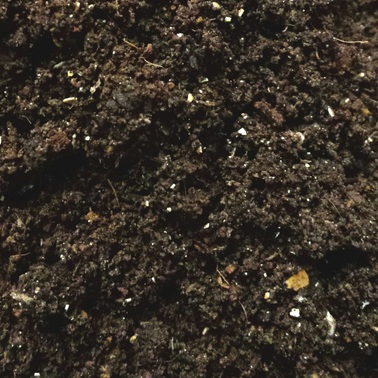 The vermicastings (pre-sorted) The vermicastings (pre-sorted) Before we put anything into our own garden, we research it. We find out what each ingredient is for, we learn about how it's produced and we look to see if there are local sources we can use. So we thought it would be a good idea for our customers (and potential customers) to know what goes into a batch of our Living Worm Compost (which is found at the foundation of all of our products and services). So here it is: First we've got tens of thousands of hungry red wiggler worms, kept at a comfortable 60-80 degrees year-round. They're compost worms, not nightcrawlers or earthworms, although you'll often see other little critters in our compost bins, helping out-- roly-polies, beetles, pot worms, etc. They're all great, they're all welcome. We feed them a wide variety of locally-sourced produce, organic coconut coir, shredded newsprint, finely crushed egg shells, coffee grounds, alfalfa meal and occasionally oatmeal. Now ask yourself: Is there anything on that short list you wouldn't want sitting on your kitchen table? Probably not, and that's the way we like it. Everything we use is "house safe." Some worm farmers feed their livestock a mixture of animal manure and chicken feed. Those are fine things, but they don't offer the nutritional variety we look for when we produce our vermicompost, and they don't meet our strict "house safe" standards.. Now here's how the composting process works with worms: When worms eat, they break down the food, but their digestive process leaves behind a lot of the nutrients found in the produce they eat. That means their compost will still contain some of the potassium from the bananas, iron from the spinach, etc. And that's good news for your soil! So without further ado, here's a list of produce we've fed our worms recently, helping to create some of the richest, most nutrient-dense vermicompost you'll ever use:
So, yes, we're very particular about the stuff our worms eat-- mainly because the end product will eventually end up in gardens growing food that our family and friends will eat, as well as growing food that our customers will eat. These things matter to us. If you're interested in buying some of our Living Worm Compost for your own garden, flowers or ornamentals, click here. |

